Africa is a continent with a rich and varied history. From the ancient kingdoms of Kush and Meroe to the modern nations of Nigeria and South Africa, Africans have played a significant role in world events.
These men ruled their countries with authority and made a lasting impact on their people and their region.
This article will explore the ten most powerful kings in African history.
Africa And its Rulers Commanded Power And Respect
Many of the continent’s kings were mighty men. They controlled vast territories and commanded large armies. They also had the resources to build impressive palaces and monuments.
Some of these kings were able to expand their kingdoms by conquering new lands. Others could maintain their power by forming alliances with other powerful rulers.
Regardless of your stance, Africa has been home to some of the most impressive leaders in history. These men were responsible for shaping their countries into what they are today, leaving behind a legacy still remembered centuries later.
Unfortunately, not all of them are as well-known as they should be, but hopefully, we can change that with this list of the ten most powerful kings in African history.
Ramesses II
Ramesses II, also known as Ramesses the Great, Ozymandias, Kepper of Harmony and Balance, Strong in Right, Elect of Ra, was the third pharaoh of the 19th Dynasty (1292-1186 BCE).
He is often considered the greatest, most powerful, and most celebrated pharaoh of Ancient Egypt. It’s difficult not to find his name inscribed on ruins throughout ancient Egypt, as he was responsible for some of the most impressive building projects in Egyptian history.
He also fathered over 100 children through 200 wives and concubines, which helped secure his place as one of the most powerful rulers of his time.
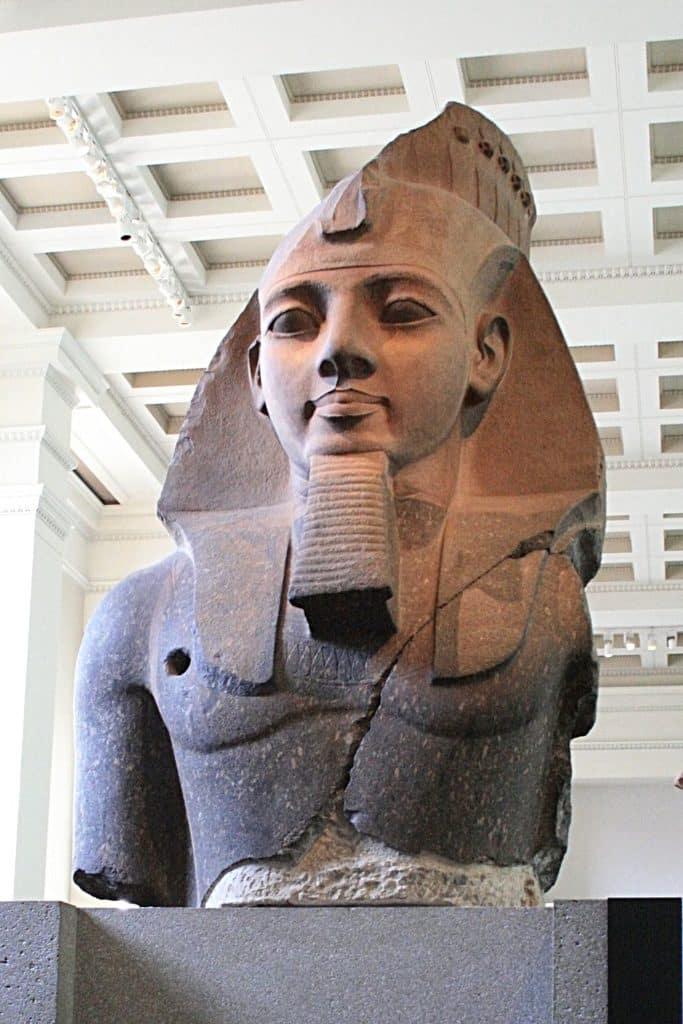
During his 67-year reign, he led his armies to victory in several battles, including the Battle of Kadesh against the Hittites. He helped establish Egypt as a mighty empire and himself as a great warrior.
This battle turned out to be more of a draw, but it was the first known peace treaty in 1258 BCE. He is also regularly associated with the Pharoah from the Bible, but there is no evidence yet of that being the case.
He also initiated many building projects, such as the construction of the temple complex at Karnak and the Ramesseum, which were meant to glorify him and his reign.
The vast tombs of Ramesseum at Thebes, Abu Simbel and Karnak’s temples, and hundreds of other monuments and temples are a testament to his greatness. Many historians consider his reign the pinnacle of Egyptian art and culture.
Sundiata Keita
Sundiata Keita was the first ruler of the ancient Mali Empire from 1235 CE to 1255 CE. He was the “lion prince” born to a noble family within the Malinke people.
Sundiata Keita wasn’t an only child, but oral stories of his history claim he was a sickly child and therefore spared when the rulers of Ghana killed his brothers. Eventually, he became a leader in his kingdom Kangaba.
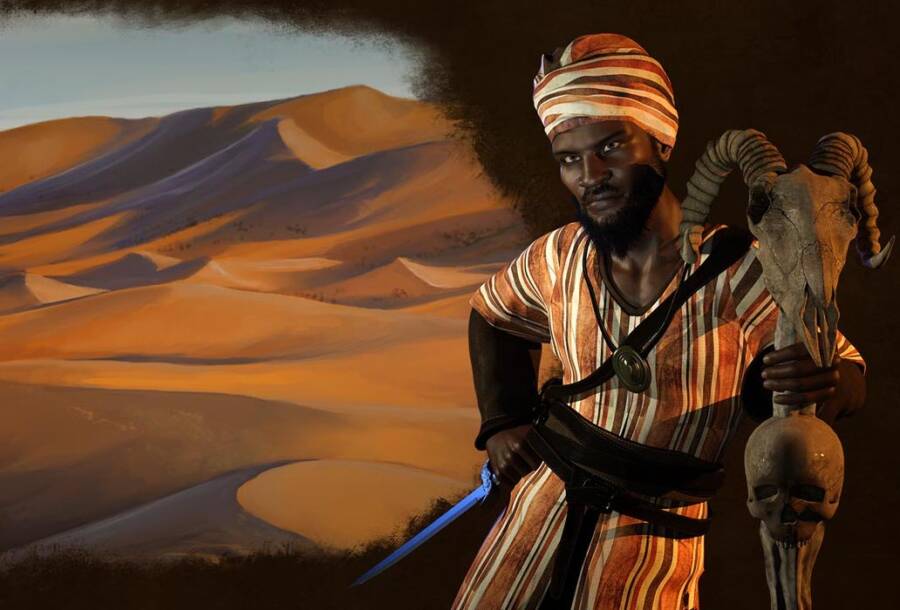
Later on, when the Ghana Empire tried to impose trade restrictions on the Malinke people, Sundiata united several different peoples of West Africa to start a revolt against Ghana’s King, then Sumanguru.
Keita’s victory over Sumanguru cemented his position and began the Mali Empire, one of the richest empires in history. Once he began to rule, he rebuilt his destroyed hometown near the Sankarini River; the capital would become a trade hub for African and Arab traders.
Under his rule, he also created one of the first human rights charters, the Manden Charter, which was passed down orally through the Malinke people. He was also the great uncle of someone often considered Mali’s greatest ruler, Mansa Musa I.
Mansa Musa
Mansa Musa was not originally supposed to take his place as the ruler of Mali, but he eventually did. Born around 1280 CE, Mansa Musa was the son of Faga Laye (the son of Abu Bakr), who was also a direct descendant of Sundiata Keita. Mansa Musa was the grandson of Sundiata Keta, making him the great-grandson of the first ruler of Mali.
He ruled from 1312 to 1337 CE and was a very pious Muslim. He made a famous pilgrimage to Mecca in 1324 CE, which helped to spread the word of Islam throughout Mali and West Africa.
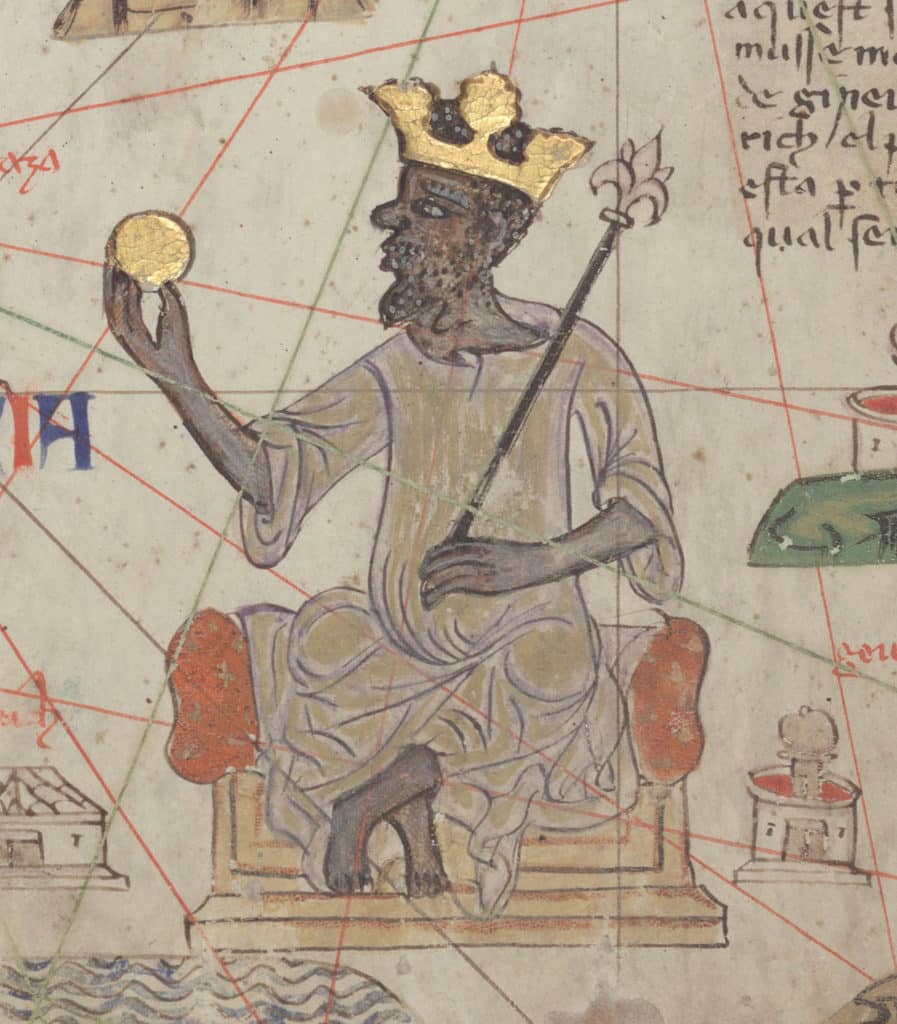
However, according to history, these pale in comparison to his other achievements. He was extremely wealthy, as Mali was rich in gold and salt mines. As a result, he is considered one of the wealthiest people of all time.
He expanded Mali’s territory during his reign by conquering and rebuilding 24 cities, including Timbuktu (a major center of learning and trade).
He also built mosques, schools, and libraries and encouraged the arts. Under his rule, Mali became one of the most powerful empires in the world.
Sunni Ali Ber
Sunni Ali Ber, also known as “Ali the Great,” established himself as a ruler of the small empire in the upper Niger valley near the capital of Gao.
He had to fend off advances from the Mali Empire during his reign but saw expansion opportunities for his empire when Mali control began to wane. Sunni Ali Ber was the Songhai Empire’s first great ruler. He expanded the empire and increased its power during his reign from 1464 to 1492.
He created a robust Sudanese trading empire that supplied the future Songhai Empire with prosperity and wealth. He also conquered Timbuktu and Djenne, two of Mali’s most important cities, which allowed him to control the trade routes in the region.
The Songhai Empire peaked during his rule and was one of the largest empires in African history.
Amenhotep III
Amenhotep III, also known as “Amenophis III” and Amana-Hatpa, was an Egyptian pharaoh who reigned from 1386 BCE-1353 BCE.
He was the ninth king of the 18th Dynasty of Egypt and is considered one of the most powerful rulers of ancient Egypt. He was only 12 years old when he took the throne and married Tiye, who rose to be his equal and took care of the Empire’s affairs while he was away on military campaigns or erecting new buildings.
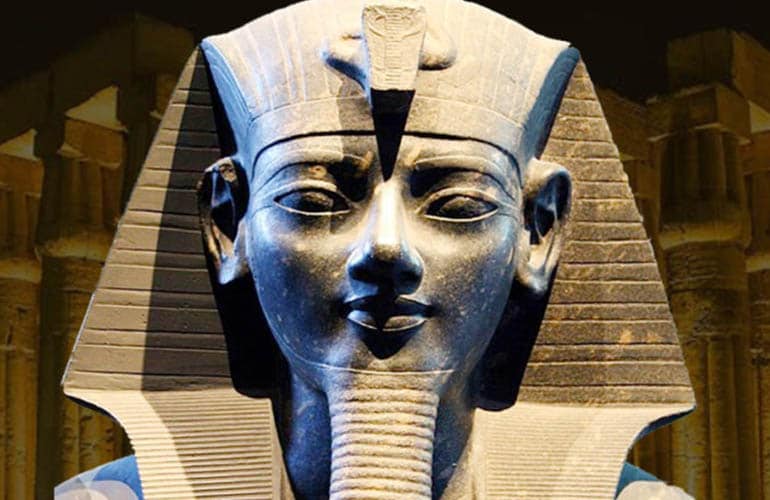
Amenhotep III initiated a massive building program that resulted in the construction of many temples and monuments, including the Colossi of Memnon. He also formed a peaceful foreign policy which led to diplomatic ties with Mitanni, Assyria, and Babylon.
In addition, he expanded Egypt’s army and increased trade with other countries, making Egypt one of the most powerful empires in the ancient world. He improved Egypt’s infrastructure and economy through his rule, making him one of the most successful rulers in Egyptian history.
Shaka Zulu
Shaka Zulu was one of the most influential leaders in African history. He was born in 1787 CE and was the son of Senzangakhona, chief of the Zulu people. The Zulus were a small tribe of no more than 1,500 people before Shaka took over, but once he became the chief in 1816, all of that changed.
Shaka was a brilliant military strategist and armed his men with a new weapon known as assegais, a long-bladed short spear. It was a deadly weapon that helped him and his military quickly conquer neighboring tribes and incorporate the survivors into their ranks.
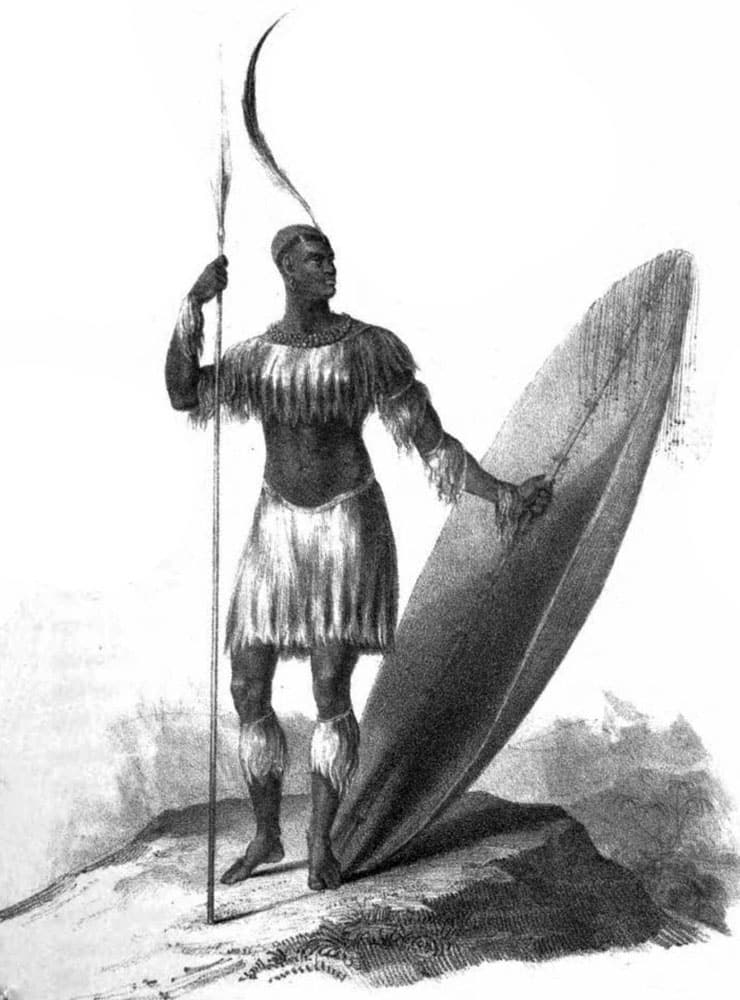
By 1823, the Shaka controlled present-day Natal, and the Zulus conquests destabilized the region. Unfortunately, the Zulu’s prosperity was threatened when Shaka’s mother, Nandi, died in 1827.
At that point, the leader lost his mind. In grief, he went crazy, had hundreds of Zulus killed, and outlawed crop planting and using milk for one year. At the same time, all women found pregnant were killed along with their husbands.
Finally, when he started sabotaging the military, his half-brothers, Dingane and Mhlangana, killed him, and Dingane became King of the Zulus.
Endubis
Endubis was the king in Axum, present-day Ethiopia, during the early third century and was one of the most powerful monarchs in African history.
He made Axum a significant political power by expanding its territory through conquest. He also increased trade with other countries during his rule, bringing great wealth and prosperity to Ethiopia.
He also built many palaces, temples, and public works, but his most significant contribution at the time was minting his coins, which helped to create a strong economy.
Menelik II
Born in 1844, Menelik II was the King of Ethiopia from 1889 until he died in 1913. Thanks to Menelik’s alliances, Ethiopia remained independent during his reign.
Furthermore, Menelik became a powerful symbol for black people globally because of his success in battle and Ethiopia’s sovereignty. However, although Menelik’s rule led to innovations such as compulsory education, telephones, and the telegraph in Ethiopia, some of his subjects were harshly mistreated.
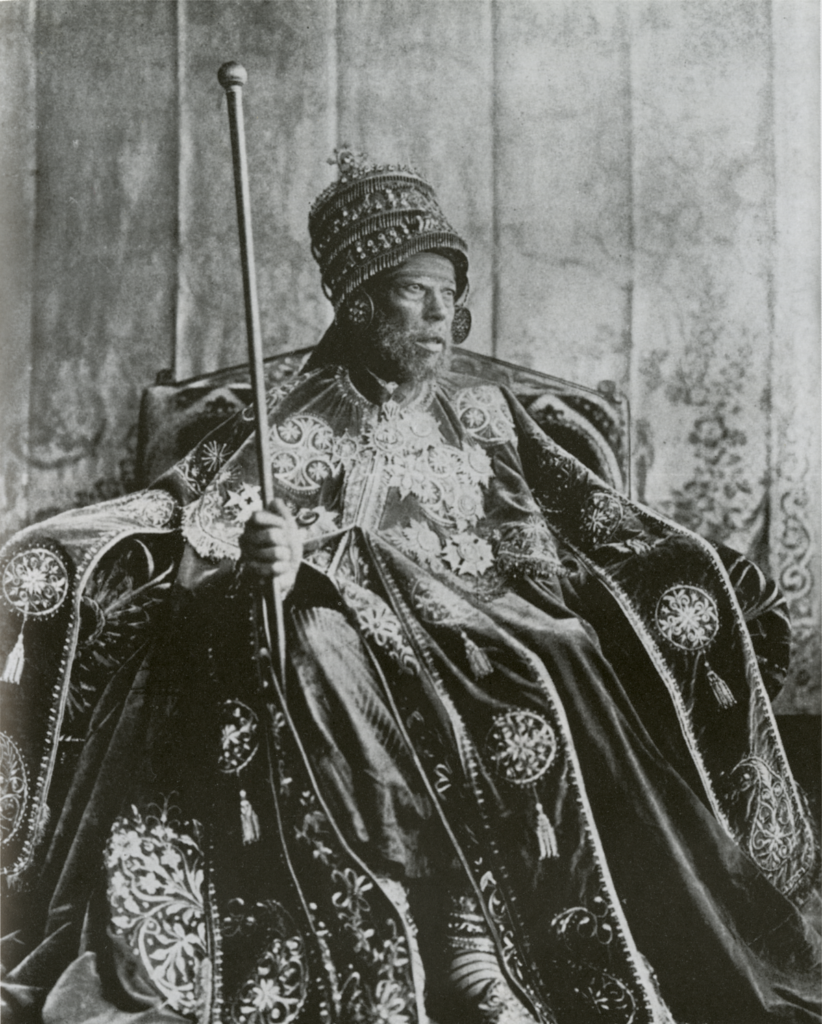
Despite peace talks with Italy, Menelik II went to war In 1896 in the Battle of Adwa. Menelik’s forces of 100,000 Ethiopians defeated an Italian army of 20,000 soldiers despite the disease and famine that struck Ethiopia hard that year.
However, his fellow citizens were ready to be free, and they fought, making him the first African king to counter a colonial invasion successfully.
Askia The Great
Askia The Great was the emperor of the Songhai Empire, one of the largest empires in African history. He reigned from 1493 to 1528 and was a great military leader, conquering many neighboring kingdoms and expanding his empire.
Sunni Ali Ber’s successor refused to convert to Islam, so his soldiers revolted, fought a bloody battle, and placed Askia on the throne.
He was a wise ruler who improved the economy and infrastructure of his empire. He made Islam the state religion during his reign and expanded education by building mosques and schools throughout the empire.
He spurred his engineers to build harbors and canals. Plus, he established weights and measurements, encouraging the study of science and astronomy. His rule brought the Songhai Empire to its height, making it one of the most powerful empires in Africa.
Ezana Axum
Ezana Axum was the king of the Kingdom of Aksum in present-day Ethiopia and ruled until 356.
He was the first monarch to convert to Christianity officially and made it the state religion. In addition, he expanded his kingdom by conquering neighboring territories and increasing trade with other countries.
So, while he wasn’t the founder of the Ethiopian Empire, he did lay the groundwork for culture’s present-day cultural and religious background.
Like his predecessor, Endubis, he minted coins and worked to extend prosperity and external trade throughout his realm. He also oversaw the construction of many public works, including roads and irrigation systems.
Ezana’s reign was a time of great prosperity and achievement for the Kingdom of Aksum. Under his rule, the Ge’ez language was independent of the Sabaean, with vocalized sounds, vowels, and more refined, newer terms.
The introduction of Christianity cemented his memory, and his people brought him back, after dying on the battlefield, to Tegre, a monolithic church dedicated to him.
The History of Africa And its Kings is Fascinating And Unique
African kings have always been fascinating figures for their power, influence, and ability to resist colonial rule. These ten African rulers were some of the most powerful in history and left a legacy on their countries and people. Without their influence, Africa would be a very different place today, and the world would likely be very different.
From historical accounts, Africa influenced many of the cultures around it. The kingdoms of Mali and Songhai were two of the most prosperous empires of their time.
Great leaders like Askia The Great and Sunni Ali Ber expanded their empires through trade and military conquests. African kings also introduced new technologies and innovations to their kingdoms.
For example, Menelik II brought telephones and automobiles to Ethiopia, while Ezana Axum introduced an unknown writing system to Ethiopia. African kings have always been fascinating figures, and their stories continue to inspire people today.

